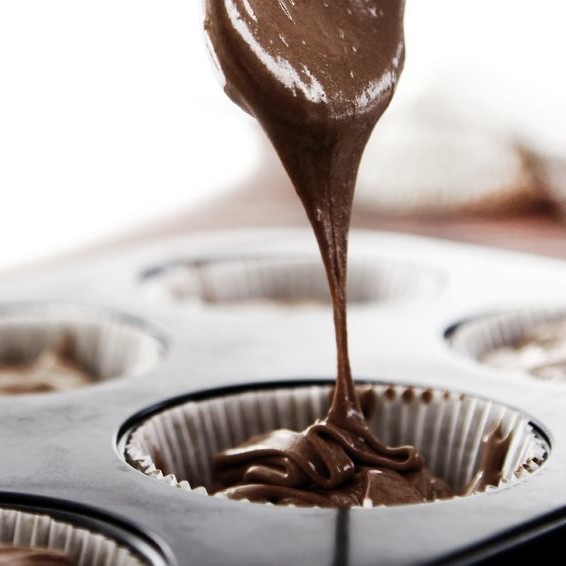
There’s more than one reason to replace milk in your formula. It’s a top allergen. It’s expensive. Your customers are vegans or they don’t want genetically modified hormones like rBGH. If you are looking for milk alternatives, there are worthwhile options.
How do you replace milk?
Milk has quite a few jobs in baked good formulas. It increases moisture absorption, helps with browning and texture, gives body, increases protein content, and helps with foaming for cakes and frozen desserts.
What to use instead?
Plant proteins seem to work the best, and have very similar properties as milk.
- Soy Protein: Soy flour is a common replacement for nonfat milk solids. When used in cakes, it often improves the texture and tenderness. And there’s a wide range of products, from enzyme active soy flour to soy isolates.
- Pulse Protein: This is peas, chickpeas, lentils and beans. Much like soy proteins, they offer binding, emulsifying and foaming properties. If your baking bread, chickpea protein is the best-suited pulse alternative.
Some other natural options are:
- Gluten: It’s heat stable and has the capacity to act as a binding and extending agent. It can improve texture, flavor, and moisture retention. Gluten is increasingly separated from wheat (known as “vital wheat gluten”) or modified for specific uses (known as “isolated wheat proteins”) to improve the structural integrity of industrial bakery products.
- Egg: They exert an aerating and binding effect, retaining the air which has been beaten into the mix and maintaining the cell structure of the batter during the baking process, thus imparting lightness and characteristic texture to the cake. They have a considerable emulsifying power, owing to the high fat content of yolk, and a shortening action.
Read more about milk replacements here.

